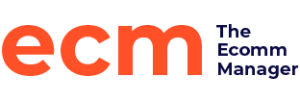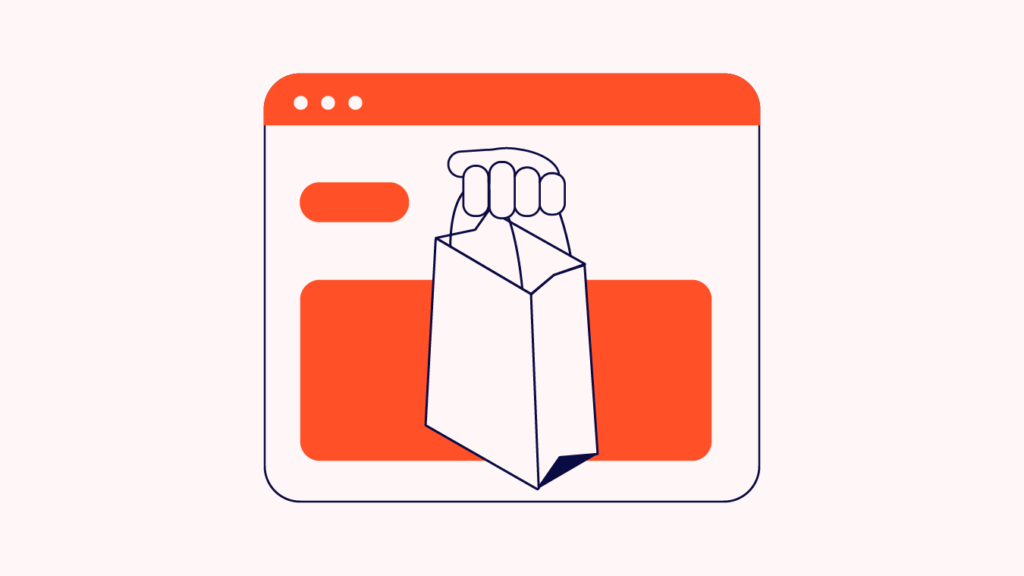Proper inventory management, particularly the reduction of overstocks and stock-outs, can reduce your overall inventory costs by 10%.
Imagine the effect that freeing up 10% of the value sitting on your shelves could have on your business. You’d have more cash flow to spend on other vital aspects of your business, such as marketing and sales promotion, employee recruitment, growth and expansion, and research and development.
All that sounds exciting, but here’s the big question: How do you determine the optimum number of units to order such that you do not have the risk of stock-outs while at the same time ensuring that you do not tie up capital in excess inventory?
The answer to this is an inventory control model known as Economic Order Quantity (EOQ).
In this guide, I’ll take you through what economic order quantity is, its benefits, and how you can use it to improve your inventory management.
What Is Economic Order Quantity?
Economic Order Quantity (EOQ) refers to the ideal amount of inventory that a business should purchase to ensure it has enough inventory levels to meet customer demand while minimizing inventory costs, such as order costs, holding and storage costs, and shortage costs.
In other words, EOQ helps you determine the optimal amount of inventory you need to order at any given point to maintain a cost-efficient supply chain.
Imagine you have an ecommerce business that sells smart speakers, and you need to make your next inventory order. If you make a huge order, you’ll have more inventory than you need sitting on your shelves. You could have better utilized the money tied up in the excess inventory elsewhere. You’ll also spend a lot of money on storage costs.
On the other hand, if you order very little inventory, you risk running out of stock and being unable to service customer orders, leading to lost revenue. In addition, a smaller lot size per order means that you’ll have to make a higher number of orders, which can drive up your order costs.
The EOQ model gives you a ticket out of this dilemma by helping you to order the minimum amount of inventory you need to keep inventory acquisition and storage costs low while ensuring you have enough stock to service all customer orders.
Pro Tip: Some enterprise inventory management software may help you do these calculations so you don't have to rely on manual tallying.
How Can Economic Order Quantity Help You?
Using the economic order quantity model in inventory management provides lots of benefits, including:
Lower inventory costs
Inventory is one of the most significant assets for most companies. Holding a massive amount of inventory means you have to spend a lot of money to purchase this inventory. This is money you can spend elsewhere.
Using the EOQ model allows you to determine the optimal order quantity you need to adequately meet demand, thus lowering your inventory acquisition costs and freeing up capital.
Smaller order size also reduces the number of products that could get damaged or fail to sell, particularly if your business deals in perishable goods.
While the EOQ model helps in reducing inventory acquisition costs, integrating inventory management software can further enhance these advantages. Discover the comprehensive benefits of inventory management software for your business.
Lower storage costs
A large amount of inventory is expensive to buy and more expensive to store. Large quantities of inventory lead to bigger warehouse space needs, more personnel to handle the inventory, higher insurance costs—you name it.
Reducing the amount of inventory you need to hold using the EOQ model can significantly reduce your inventory storage costs and improve your bottom line.
Related: What Is A Warehouse Management System And How Can It Help Your Business?
Lower risk of stock-outs
Economic order quantity is an efficient tool for calculating the amount of stock you need and how frequently you need to reorder. This, in turn, helps you minimize the risk of stock-outs without holding excess inventory. It also leads to better order fulfillment since your customers will always get what they order.
Better overall efficiency
Calculating EOQ leads to improved overall efficiency in inventory control and management. Instead of relying on your gut feeling, you can make smarter, data-backed decisions about the amount of inventory you need to order and store, the frequency of orders, and the reorder point.
Some cloud based inventory management tools can help with calculating EOQ, or will at least provide the numbers you need to do the math yourself.
Quantity discounts
EOQ calculations make it easier to determine your reorder point and how frequently you need to order. This helps you plan and time your orders better and take advantage of vendor and supplier quantity discounts.
Economic Order Quantity Formula
Economic order quantity is the square root of two times the multiple of demand and setup costs, divided by holding cost.
Here’s a mathematical representation of the EOQ formula:

Q = Economic order quantity units
D = annual demand
S = per order setup costs
H = annual holding cost
Let’s take a more detailed look at the metrics you need to calculate economic order quantity:
Annual demand (D)
This is the number of products you expect to sell within a year. The best way of forecasting annual demand is to look at your historical sales data for a specific time period and calculate the average number of products sold in a year.
Setup costs (S)
This refers to all the costs incurred when making a single purchase order. These include the cost of packaging, shipping, handling, and delivery. However, the purchase cost is not part of the setup costs.
Holding cost (H)
Also known as carrying cost, this refers to the total cost incurred to hold and store a unit of inventory for a year. Holding cost considers expenses like storage costs, employee salaries, insurance costs, depreciation costs, opportunity costs, and any other expenses associated with holding unsold inventory.
Economic order quantity calculation example
Let’s assume you have a small business selling 12,000 smart speakers per year on average. The setup cost per order is $100, while each smart speaker's annual holding fee is $10. In this case, the EOQ would be:

From the EOQ formula, the ideal order quantity for your small business would be 490 units (rounded off to the nearest whole unit).
Many business owners often find it very difficult to manually calculate the annual demand rate, setup costs, and annual inventory holding costs.
However, you can simplify and automate the process using any inventory management software.
In addition, many ERP software platforms and some accounting software also have inventory management modules that can help you calculate EOQ automatically.
When Is It Best To Use Economic Order Quantity?
The economic order quantity formula makes two key assumptions. First, it assumes that demand for a product will remain constant. The model also assumes that the cost associated with ordering and holding inventory will remain constant.
As a result of these two assumptions, economic order quantity works best for businesses that sell products without any significant demand fluctuations. If seasonality affects your product's demand, the EOQ model might not be handy.
The EOQ model also works well for industries or niches where setup is a fixed cost, and carrying costs are generally constant.
Wrapping Up
Economic order quantity is essential in inventory control and supply chain management. Calculating EOQ is an excellent way to make your inventory management process more efficient, reduce costs, and free up more cash flow to keep your other business functions running smoothly.
To learn more about improving your supply chain management, check out our article on the best order management systems for ecommerce companies.
Related Read: Ecommerce Warehouse Process: Turn It Into A Competitive Advantage


